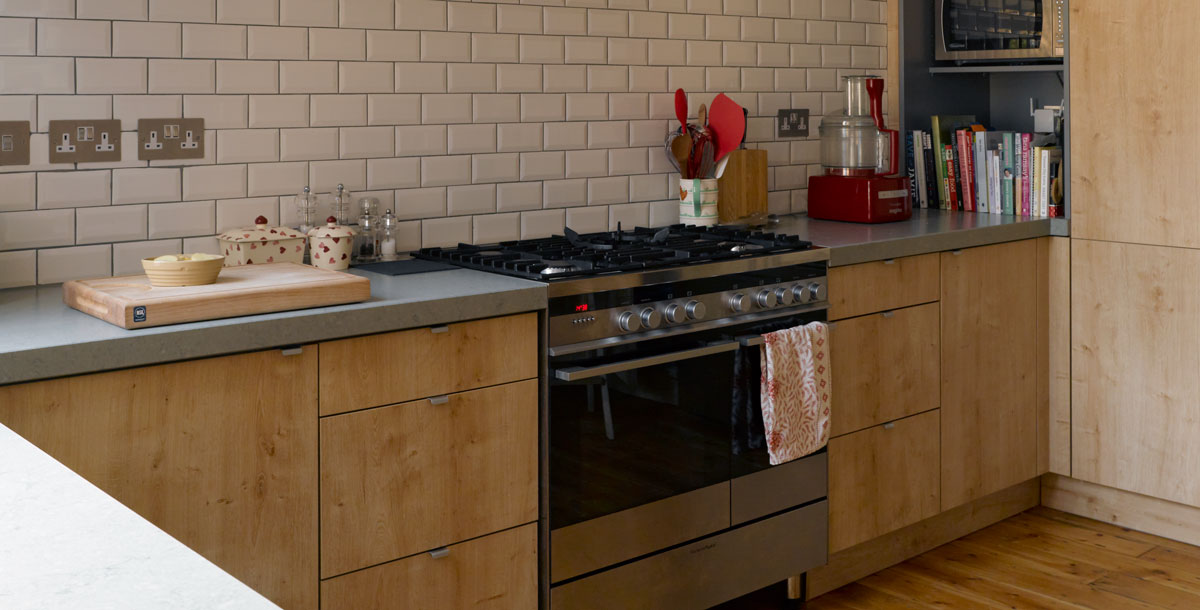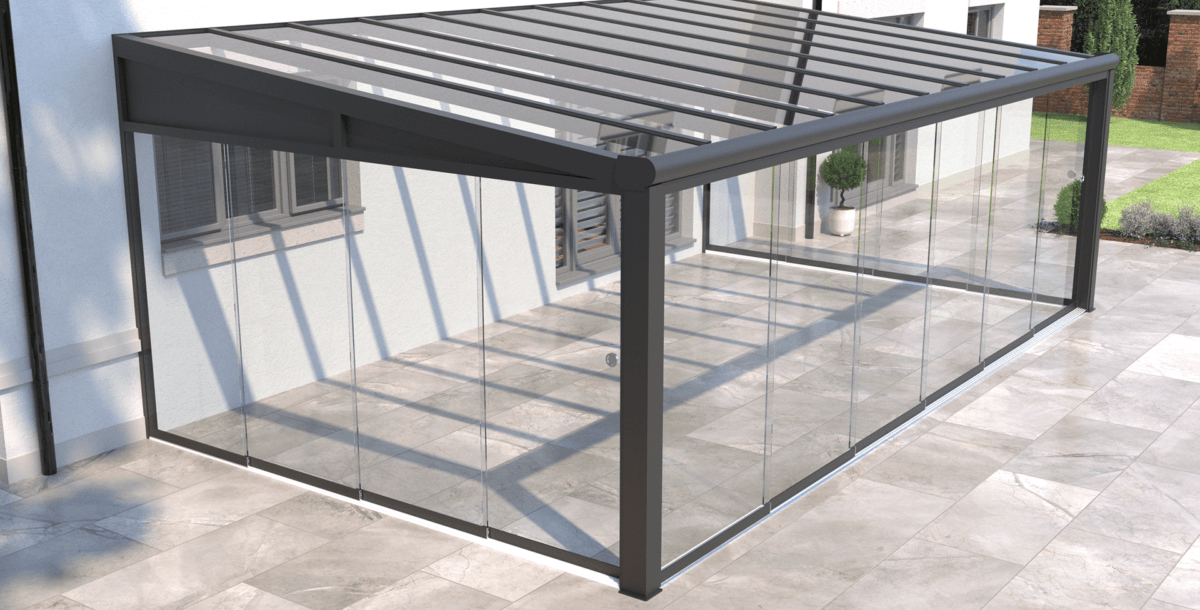Kevin McCloud welcomes right to repair
Kevin McCloud highlights the benefits to all of us of the right to repair legislation and lists the tools you need.
Right to repair legislation will force manufacturers to make goods that will last longer and be easier to mend. This will effectively help to reverse a 60-year trend of built-in obsolescence that has plagued manufactured goods and contributed to the mountains of broken appliances that accrue around our planet. The BBC reported this news, quoting a study of how soon things stopped working. In 2004, 3.5 per cent of appliances broke down within five years. By 2012, that figure had risen to 8.3 per cent. That’s dreadful. Another piece of research estimated that because of the CO₂ emitted in the manufacturing process, a long-lasting washing machine will generate more than two decades 1.1 tonnes less CO₂ than a short-lived model.
The toolkit you need
There was a time when all you needed to survive was a large knife. A piece of rope might come in handy but, as Robinson Crusoe discovered, with a large knife and some fibrous plants, you can make your own. In the far-flung places I’ve visited, the essential eco-warrior tool of choice seems to be the petrol chainsaw. Not exactly off-grid but it does mean that those living almost self-reliantly at the margins of society don’t have to spend 20 hours a day hitting a tree trunk with a machete in the hope it might fall over and provide them with construction lumber or fuel.

Kevin McCloud at the Grand Designs TV house in Haringey, London
In Blighty we take a fuzzier view of what an essential is. For some of us, it’s a set and blow-dry every couple of weeks. For others it’s their iPhone or car. The toolkit is the vaguest item. How big a collection of tools is acceptable? Should it include a chainsaw? The answer is that context creates the need. If you chop wood for your fire then you’ll need some axes and a chainsaw and maybe a 4×4 and a trailer. If you’re building your own home you might want an entire workshop of toys. Some can probably get along with a set of tools to put up shelves, fix a leaking tap and repair a wonky door.
Basic, better, best
I would, of course, add a sharp knife – one that is cheap, safe and easily replaceable when you lose it, which you will. I’d also add a small spirit level and a tape measure and then probably a saw of some kind. And then I’d recommend you stop buying stuff and look at some YouTube videos on how to use the tools.
If you get the bug for making, repairing and hacking your life, an entire world of tools and engineering will then unfold before you. Enrich your basic kit with a few judiciously chosen power tools. These are the ones I can’t recommend highly enough.
- A high-quality 18-volt battery drill. Lightweight, adaptable and usually comes with an LED mini-torch fitted to illuminate your work.
- An 18-volt impact screwdriver that takes the same battery. This tool changed my life even though it sounds like a goose being power-riveted to a steam train.
- An 18-volt portable circular saw that also takes the same battery. Wow. Never thought I’d use it so much.
- Rolls of gaffer tape, electrical tape and gardening wire.
- Self-adhesive Velcro pads, double-sided tape and some packs of Sugru and WD-40.
- Sets of miniature pliers and screwdrivers that come with a variety of specialist heads for taking apart things that you shouldn’t. Dead cheap.
- Allen keys in plenty of sizes. Also cheap. A second adjustable spanner.
- A nice bench or a big plank of wood to work on.
Online instructor
The extra component, the one tool that grants you entry to this wonderful world of repairing and re-using is the internet. It allows you to learn how to assemble a cantilever bridge or your own bedside alarm clock. There are free videos instructing you how to replace your phone’s battery or screen, and there are toolkits for just a few quid available for you to do just that. Do not use a machete. Do not blame me if you cock it up.









